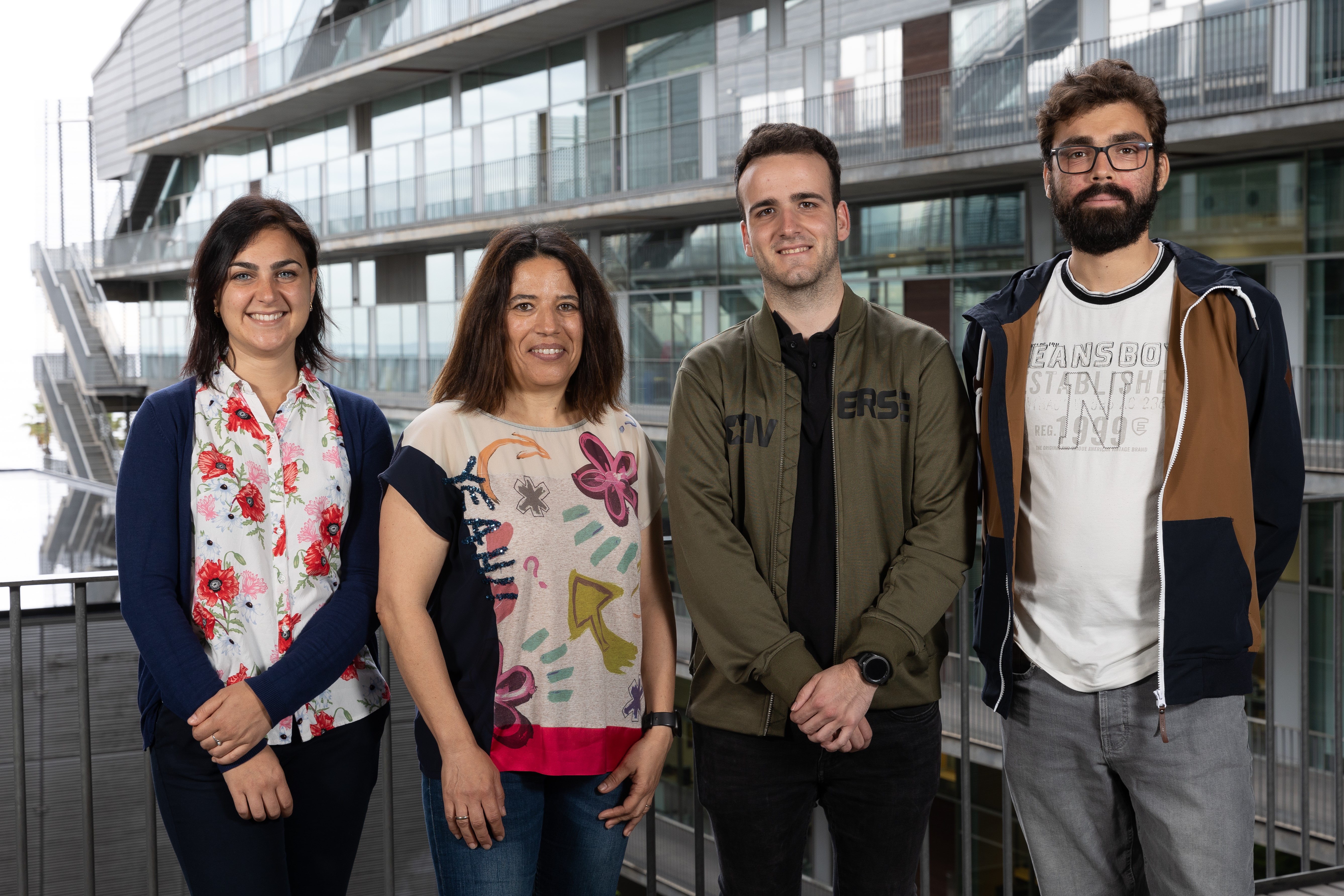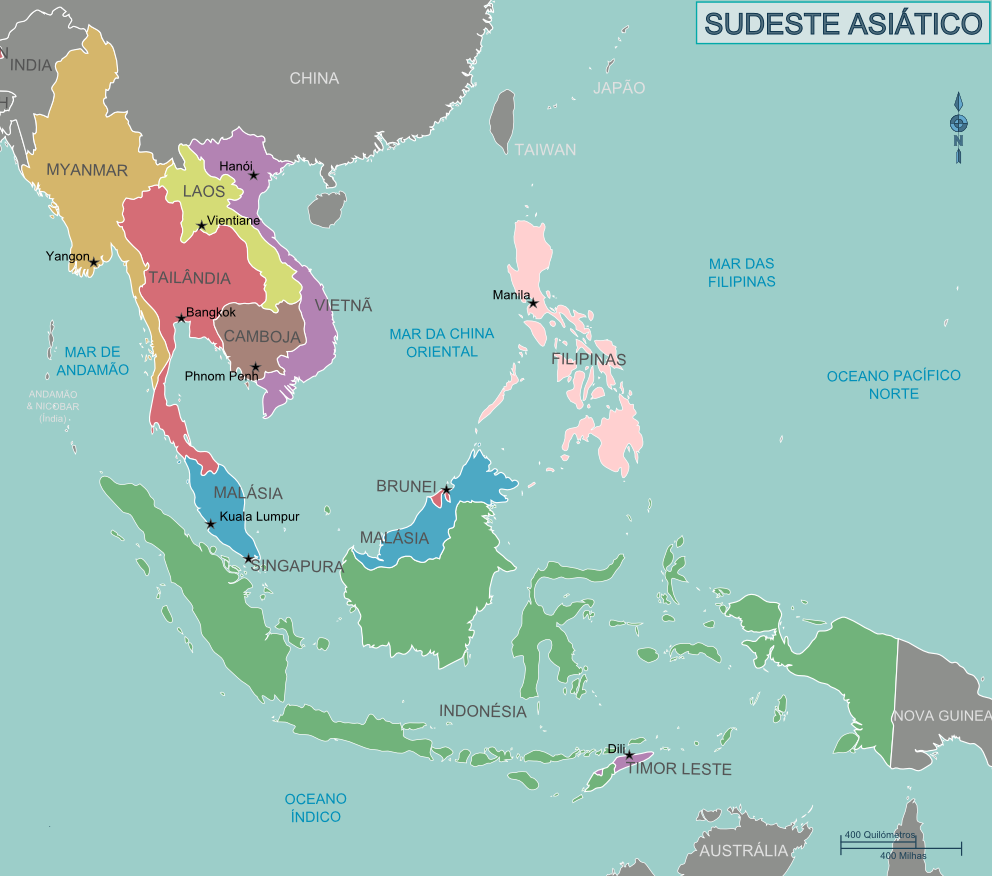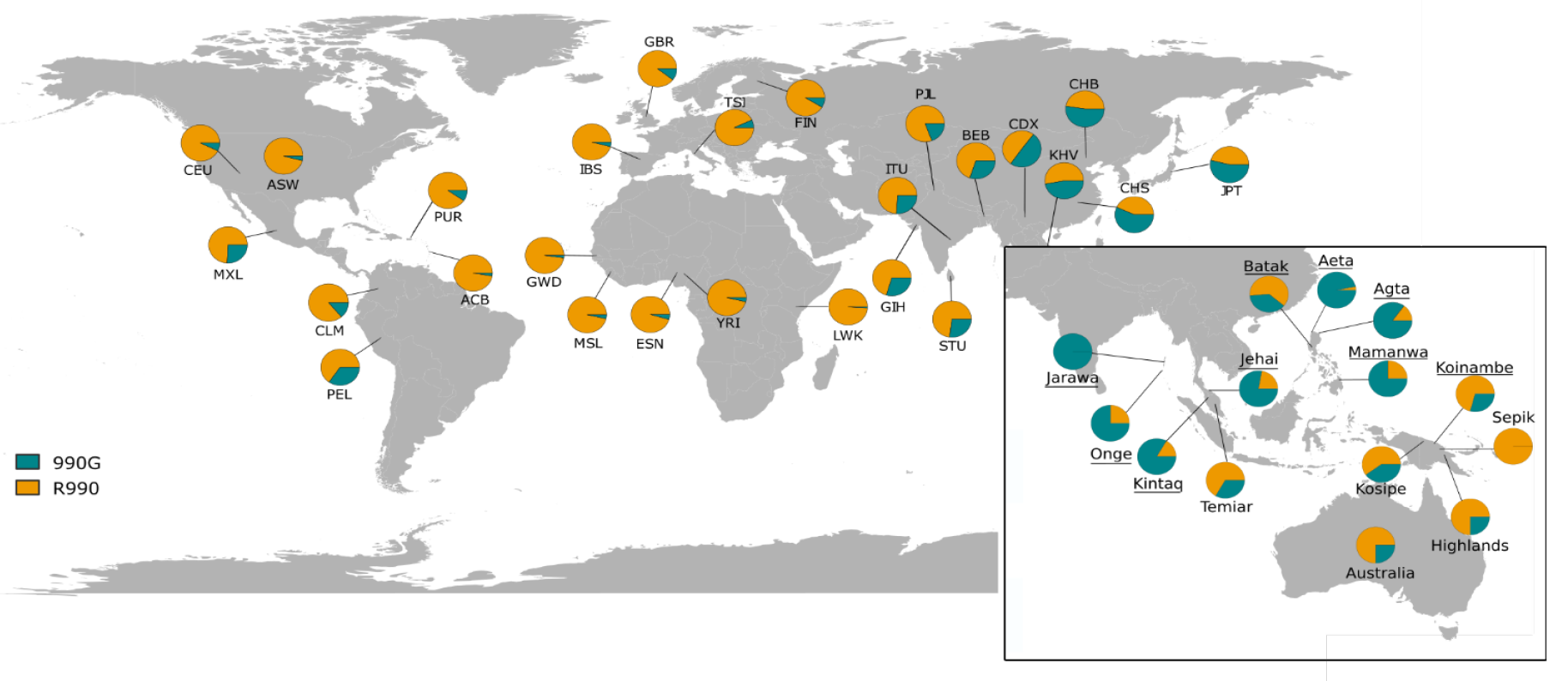Discovered a genetic adaptation that could have facilitated the survival and reproduction of Southeast Asian Populations
Science is full of SHEroes whose passion, work and creativity inspired Evolutionary Biologists of today.
As part of our commitment with society, the Institute of Evolutionary Biology (IBE, CSIC-UPF) wants to give credit and visibility to the achievements of female scientists in evolution.
To that aim, we launched the campaign #WhoisyourSHEro to share stories of women who had an impact in our researchers' scientific career through our social media and website.
The campaign keeps on moving as more and more women in evolution are inspiring the IBE community.
You can join the conversation through social media under the hashtag #WhoisyourSHEro.
With the collaboration of the Spanish Foundation for Science and Technology - Ministry of Science and Innovation.
 |
Discovered a genetic adaptation that could have facilitated the survival and reproduction of Southeast Asian Populations
Discovered a genetic adaptation that could have facilitated the survival and reproduction of Southeast Asian Populations
A research team led by the IBE has identified a genetic variant in Southeast Asian populations that may facilitate greater accumulation of body fat.
The adaptation, identified in indigenous populations of Andaman, Malaysia, and the Philippines, could have provided an evolutionary advantage against the nutritional challenges imposed by the tropical jungle.
The study suggests that increased fat accumulation could promote earlier sexual maturity as a result of adaptation to a hostile survival environment.

Located 1,370 kilometers from the Indian mainland are the Andaman Islands, one of the most remote and unexplored corners of the planet. 28 of the 300 islands that make up this archipelago are inhabited by the Andamanese, a population of hunter-gatherers who have maintained an isolated lifestyle until very recently.
We know that the natives of Andaman first arrived in the archipelago with the great "Out-of-Africa" migration that populated the world over 60,000 years ago. It is also known that they crossed paths with an enigmatic archaic species, now extinct, that lived in Southeast Asia.

Map of Southeast Asia. Credit: Cacahuate, amendments by Globe-trotter, translation by Texugo, CC BY-SA 4.0.
The Andamanese, who number fewer than 600 individuals today, are characterized, like other hunter-gatherer populations in Southeast Asia, by their particularly short stature, dark skin tone, and also by the accumulation of fat around the hips in many of their members. While it is known that some of these traits, such as height, would result from adaptation to the lifestyle and conditions of the jungle, until now the molecular mechanisms of these adaptations were unknown.
Now, a study led by the Institute of Evolutionary Biology (IBE), a joint center of the Spanish National Research Council (CSIC) and Pompeu Fabra University (UPF), has identified a genetic variant in the population of the Andaman Islands, shared with other hunter-gatherer populations in Malaysia and the Philippines, which could have facilitated their survival and reproduction. The research, led by Elena Bosch, principal investigator at IBE and the Department of Medicine and Life Sciences (MELIS-UPF), reveals that a mutation in the CASR gene could facilitate fat accumulation in the body, providing them with greater reserves.

Andaman and Nicobar Islands: an archipelago of over 200 islands belonging to India. Among them is Sentinel Island, a restricted access island, as Indian authorities currently recognize and respect the desire of the islanders to live without any contact with the outside world. Credit to Adwait, CC BY-SA 4.0 DEED.
Published in the journal Molecular Biology and Evolution, the study suggests that this increased fat accumulation could promote early sexual maturation, which would have facilitated the survival of these populations in the challenging conditions of the jungle.
The CASR gene's involvement in the adaptation of Southeast Asian indigenous peoples
The team started from a previous genomic study of the Andaman population to identify the genes behind their traits. This led them to identify the CASR gene, which encodes a calcium receptor in the body, and the R990G substitution, an activating mutation of the receptor. The mutation was found at high frequencies in various Southeast Asian populations, suggesting it to be a possible adaptive variant. Although the identified receptor is directly involved in calcium regulation, it also participates in many other biological functions - in bones, skin, and adipose tissue, among others.
To study the effects of the R990G substitution, the team conducted experiments with mice carrying this mutation. In their analyses, they observed that individuals with the mutation had more adipose tissue. "Although we expected to find some relationship regarding bone growth, the main results gave us another answer: mice with the mutation weighed more," comments Barbara Sinigaglia, formerly a predoctoral researcher in the Population Evolutionary Genetics group led by Elena Bosch.
In the case of the inhabitants of Andaman, the Philippines, and Malaysia, this mutation could have been adaptively favored to provide individuals with more reserves and cope with the harsh living conditions in the jungle. "We speculate that these characteristics could have facilitated the survival of these hunter-gatherer groups during periods of nutritional stress and, in general, in the difficult conditions of the tropical jungles of Southeast Asia," comments Bosch.
The observed relationship between calcium and fat accumulation had previously been noted, for example, in menopausal women. "Previous studies have reported that supplementing the diet with calcium can help with weight loss during menopause," notes Francisco Muñoz, principal investigator at MELIS-UPF and a collaborator on the study.
The research reveals that this mutation is also present in other human populations in Southeast Asia, but there are no signs of adaptation in their genome, so it would not have been favored. In Japan, for example, this variant has been associated with lower blood calcium and a higher susceptibility to kidney stones.

Map showing the distribution of the studied mutation, which has been identified at high frequency in populations of Southeast Asia, particularly in the Andaman Islands, the Philippines, and Malaysia (highlighted in green). Credit: Barbara Sinigaglia, Elena Bosch, and MBE (Molecular Biology and Evolution).
Early sexual maturity as a possible adaptation to a hostile environment
According to other studies in different populations, the presence of greater fat reserves could have promoted early sexual maturation. "We are talking about populations living in hostile environments, where nutritional intake is quite scarce. In this context, early reproduction could have been an advantage for population survival," comments Sinigaglia.
Early sexual maturation could also explain the shorter stature of East Asian populations, a characteristic also observed in other human hunter-gatherer populations in Africa. "However, association studies should be carried out in these populations to confirm that this mutation in the CASR gene influences the shorter stature that characterizes these populations," clarifies Bosch.
The results could shed light on early puberty, a phenomenon increasingly affecting all women. Some studies suggest that obesity and overweight are associated with early onset of sexual maturation. "In the future, the study of the role of the CASR gene could shed light on the factors determining the onset of puberty in human populations," adds Bosch.
Reference Article: Barbara Sinigaglia, Jorge Escudero, Simone A Biagini, Jorge Garcia-Calleja, Josep Moreno, Begoña Dobon, Sandra Acosta, Mayukh Mondal, Sandra Walsh, Gabriela Aguileta, Mònica Vallès, Stephen Forrow, Juan Martin-Caballero, Andrea Bamberg Migliano, Jaume Bertranpetit, Francisco J Muñoz, Elena Bosch. Molecular Biology and Evolution; Exploring Adaptive Phenotypes for the Human Calcium-Sensing Receptor Polymorphism R990G. DOI: https://doi.org/10.1093/molbev/msae015
